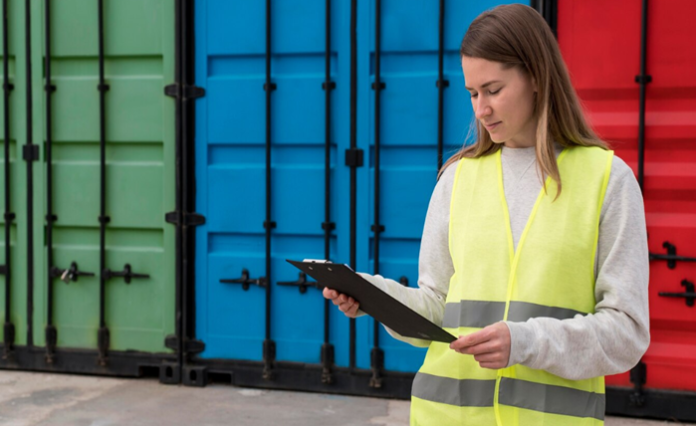Freight shipping can be confusing, especially when you face decisions like “ltl vs full truckload.” Knowing which option suits your needs can save you time, effort, and money. Less than truckload (LTL) shipping offers a flexible approach for smaller shipments. You share truck space with other businesses, making it cost-effective. This guide explains these key differences and helps you make smart choices. Understanding LTL shipping can turn shipping challenges into manageable tasks. It gives you control over your logistics without unnecessary stress. Explore the reliable path to efficient freight management by choosing the right shipping method. When you understand how LTL works, you gain more than just a shipping solution. You gain peace of mind in knowing your deliveries will be timely and cost-effective. Let’s unravel the details of LTL freight and make your shipping decisions easier, clearer, and more confident. Your journey to smarter shipping starts here.
What is Less Than Truckload Shipping?
LTL ชิปปิ้ง involves transporting smaller shipments. Businesses share truck space, which reduces costs and maximizes efficiency. This method is ideal when you don’t have enough goods to fill an entire truck. Instead of paying for a full truck, you only pay for the portion your shipment occupies.
Why Choose LTL Shipping?
Choosing LTL shipping offers several advantages:
- Cost-efficient: You pay only for the space you use.
- Environmentally friendly: Sharing space reduces the number of trucks on the road.
- Flexibility: You can ship more frequently without waiting to fill a truck.
Understanding the Difference: LTL vs Full Truckload
LTL and full truckload (FTL) serve different needs. Here’s a simple comparison:
| Feature | LTL | FTL |
|---|---|---|
| Shipment Size | Small to medium | Large |
| Cost | Lower (shared costs) | Higher (entire truck) |
| Speed | Variable | Faster (direct route) |
How LTL Shipping Works
With LTL shipping, your goods are picked up and consolidated with other shipments. They travel to a hub where they’re sorted and sent to their destinations. This hub-and-spoke model ensures efficiency but can affect delivery times. Understanding the process helps manage expectations and plan accordingly.
When to Use LTL Shipping
LTL shipping is best when:
- Your shipment is between 150 and 15,000 pounds.
- You have flexible delivery dates.
- Cost savings are a priority.
Choosing a Reliable LTL Carrier
Picking the right carrier ensures a smooth shipping experience. Look for carriers with strong reputations, timely deliveries, and good customer service. Check reviews and ratings to make informed decisions.
The Future of LTL Shipping
The demand for LTL shipping is growing. Businesses increasingly look for efficient, cost-effective solutions. Many companies are adopting technologies to optimize routes, improve tracking, and enhance service. Innovation is transforming freight shipping, making it more accessible and streamlined.
For more insights on shipping logistics, visit Transportation.gov for a deeper understanding of transportation policies and trends.
Conclusion
LTL shipping offers a practical solution for businesses of all sizes. By understanding how it works, you can make informed decisions that save money and stress. Embrace the benefits of LTL and gain confidence in your shipping practices. With the right approach, logistics become less overwhelming, paving the way for smoother operations.

